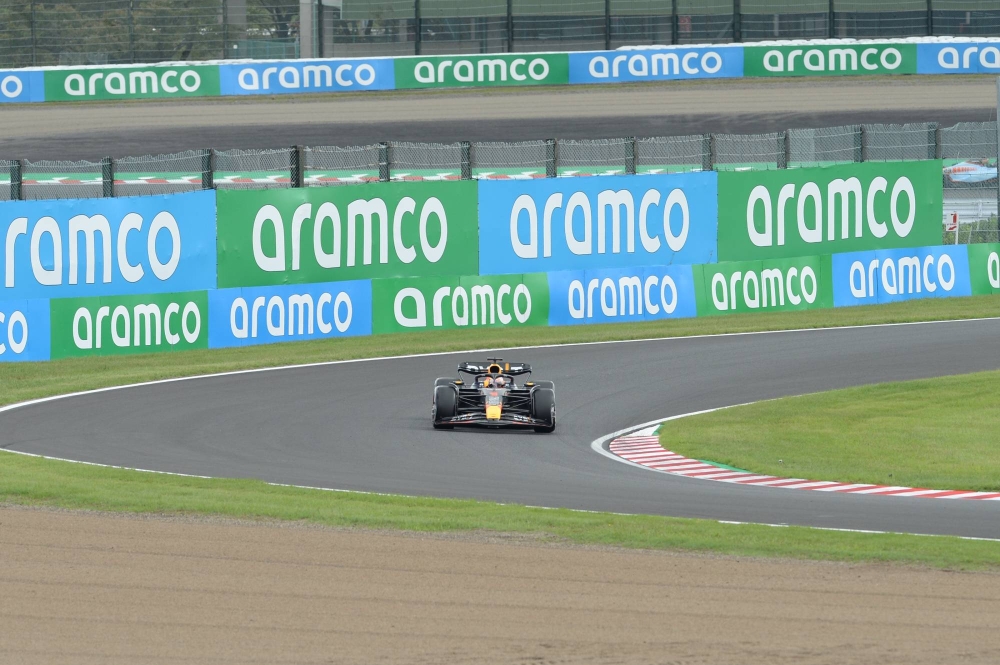Formula One has faced criticism for its environmental impact, largely due to the global logistics and operations required for its ever-expanding race calendar. In 2023, the championship spanned 24 races across 21 countries and five continents. The sport’s petrol-powered cars, with carbon-fiber bodywork that is hard to recycle, are emblematic of these concerns. Critics have called attention to the sustainability challenges posed by such an extensive and resource-intensive event series, even as the sport attracts a growing global audience.
In response to these criticisms, Formula One has committed to achieving net zero carbon emissions by 2030, guided by three key pillars: the use of 100% sustainable fuels, leaving a positive legacy at race locations, and fostering diversity and inclusivity. While this goal was established in 2019, the sport only released its first “Sustainability Impact Report” in 2023. The report revealed that F1 has reduced its carbon footprint by only 13% so far, against a target of 50% by 2030. Promising developments include the planned introduction of 100% sustainable fuels and further reductions in fuel loads by the 2026 season.

However, emissions from on-track racing represent just 0.7% of F1’s overall footprint. The majority of emissions stem from logistics, business travel, event operations, and facilities. In 2022, logistics alone accounted for nearly half of the sport’s carbon emissions. Efforts to regionalize the race calendar and increase the use of sea freight over air freight aim to reduce these impacts. Additionally, the use of biofuel-powered trucks during the European season has helped lower logistics-related emissions significantly.
Beyond logistics, F1 has implemented innovative sustainability measures at individual Grand Prix events. For instance, the Austrian Grand Prix in 2023 employed low-carbon energy systems, reducing emissions from 198 tonnes in 2022 to just 12 tonnes. Similarly, the British Grand Prix at Silverstone utilized green energy alternatives like solar panels and HVO fuel and introduced electric vehicles for personnel transport. These initiatives showcase F1’s commitment to greening its operations, both on and off the track.
Extreme weather events have underscored the urgency of F1’s sustainability goals. The 2023 Emilia-Romagna Grand Prix was canceled due to devastating flooding in the region, highlighting the vulnerabilities posed by climate change. Other recent races, such as the rain-soaked 2021 Belgian Grand Prix, further illustrate the risks associated with extreme weather. These challenges have reinforced F1’s drive to reduce its environmental impact and build a championship that aligns with a more sustainable future.
